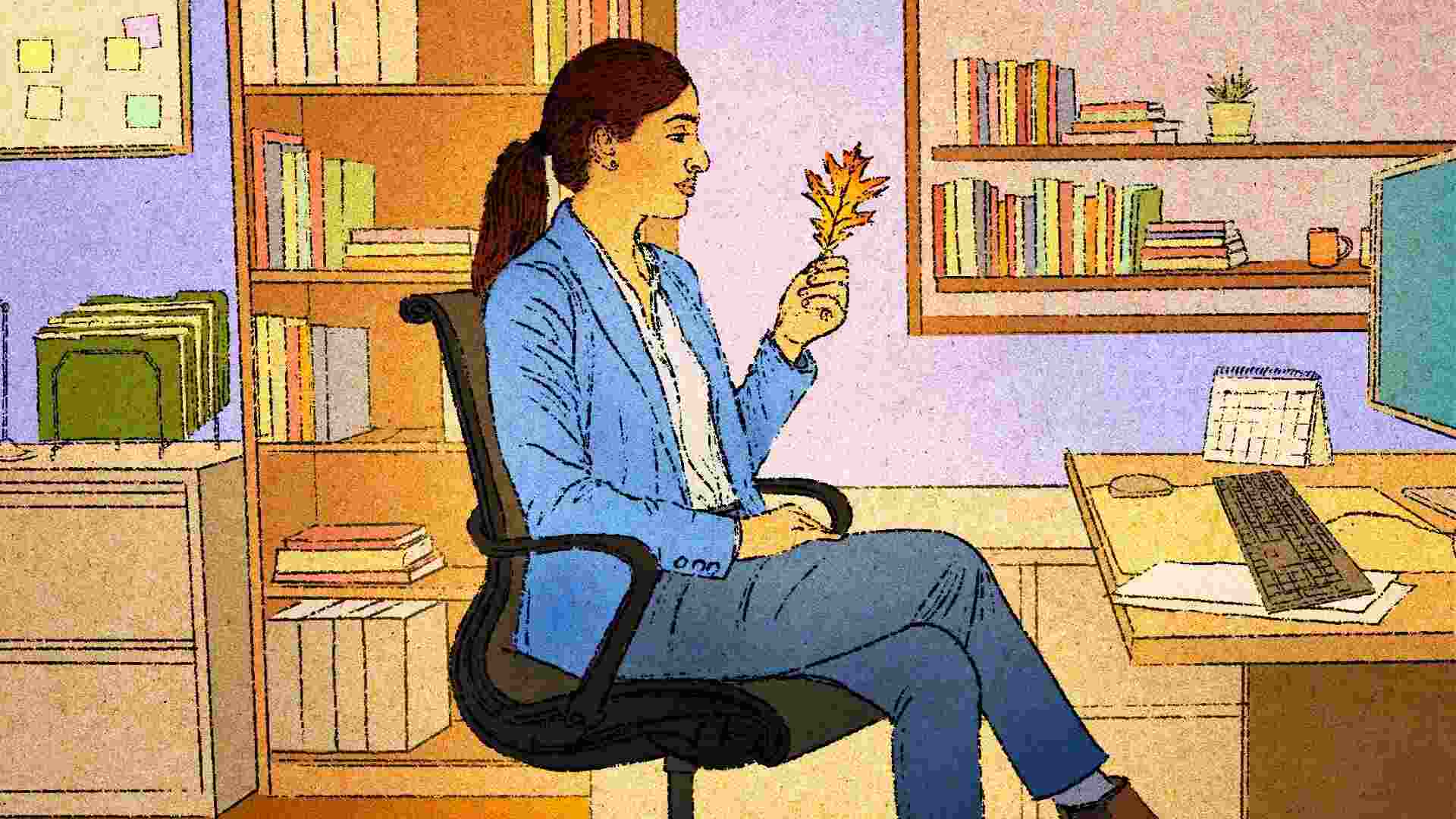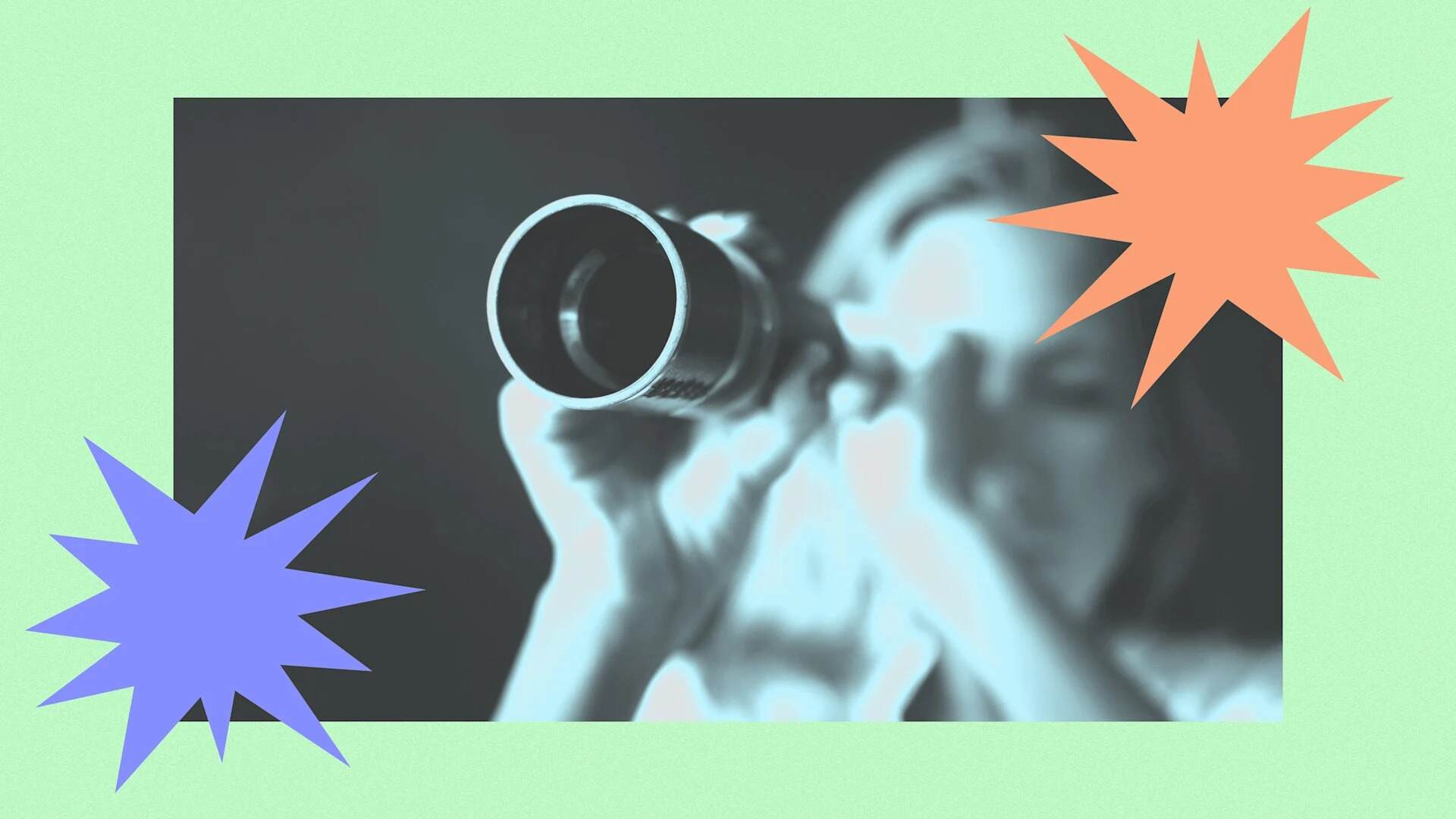- | 8:00 am
Ageism is bad for business. Here’s why
It can lead you to miss out on many opportunities.

At the start of the movie Skyfall, James Bond meets his new quartermaster in the National Portrait Gallery in London for an exchange of gadgetry and pleasantries. The casting choice of Q—portrayed by Ben Whishaw—was a departure from previous Bond adaptations. Both the character and actor were considerably younger than the titular protagonist of Ian Fleming’s novels.
The screenwriters zeroed in on the age difference and produced a moment of on-screen brilliance between Bond and Q. As they gaze at J.M.W. Turner’s iconic oil painting, Bond starts questioning the boyish quartermaster’s competence. Q, unfazed by the criticism, dryly quips: “Age is no guarantee of efficiency.” To which Bond responds in kind, “And youth is no guarantee of innovation.”
Organizations in pursuit of innovation and efficiency can learn a lot from this playful banter. It raises the questions, does age matter? Does being young give you an innovation advantage? And, is there a positive correlation between organizational longevity and efficiency?
The stereotypes surrounding youth and innovation
Before we can answer these questions, we need to delve deeper into Bond and Q’s exchange. Their one-liners are laden with cultural baggage as old as humankind itself, reflecting the classic tropes of the wise elder and the enterprising youth. Yet, Bond and Q are inverting these stereotypes. Both suggest that neither the young nor the old can claim an inherent monopoly on innovation or efficiency.
At the organizational level, this implies that an established institution rich with legacy can be every bit as innovative as a young startup intent on disruption. Conversely, new entrants can also be as efficient—if not more so—than longtime industry incumbents.
If the ensuing friendship between Bond and Q is any indication, abandoning the idea that only the young can be innovative opens the door for new and exciting business opportunities for those who’ve been around for a while, those who’ve only recently begun to make their mark, and everyone in between.
The negative consequences of age-related stereotypes
Let’s examine one opportunity in more detail: strategy development. Organizations of all types and ages routinely make one or several critical mistakes when launching their strategy process.
They conflate strategy with planning. They overcomplicate the selection of strategy tools and frameworks, or, even worse, squander money on designing their own. They fail to involve the right people with the necessary skill sets, spend an insufficient amount of time and effort examining the organization’s past successes and setbacks, and are deaf to consumer needs. And crucially for this discussion, they take a constricted view of their competitive and cooperative landscapes.
Age-related stereotypes often distort the identification of friend and foe, sometimes with catastrophic effects. Just think about the number of companies who went under or lost substantial market share because they were blindsided by competitors that hadn’t been on their radar?
The bankruptcy of video rental giant Blockbuster in 2010 is perhaps the most well-known cautionary tale. Its tipping point came when it failed to capitalize on the rise of digital streaming, which was rapidly gaining traction due to technological advancements and changing consumer habits.
In 2000, Blockbuster infamously passed on the opportunity to purchase a DVD rental startup from California by the name of Netflix for $50 million. In return, the company had to watch Netflix first turn its flat-rate subscription model into a standard industry practice and then pivot its business model to on-demand streaming. Now Netflix is one of the world’s biggest online streaming platforms and producers of original media content, and Blockbuster is a potent reminder that longevity doesn’t guarantee success.
Ageist biases can lull organizations into inaction, causing them to miss market opportunities and overlook competitive threats. Short-sighted managerial decisions and overly narrow industry boundaries can also result in missed or delayed opportunities for meaningful partnerships.
The opportunities that abandoning ageist beliefs can bring
In the world of philanthropy, skepticism between emerging and established funders has become a well-worn cliché. The reluctance to collaborate can arise from several factors. It might be due to differences in grant-making priorities and misaligned approaches to missions and values. Perhaps it’s power inequities, competing time horizons for impact, or concerns about negative public or regulatory reactions. Now, these generalizations may not always withstand closer scrutiny, but the friction—though gradually diminishing—between philanthropists of the past and present is very real.
Yet, there are those who have successfully bridged the gap between the old and new eras of philanthropy. Bill Gates could count on the philanthropic advice of Vartan Gregorian, the long-time Carnegie Corporation president, both before and after he and Melinda French Gates created what would become the largest charitable foundation in the United States.
Sally Osberg, founding president of the Skoll Foundation—established by the first eBay president Jeffrey Skoll—also sought the guidance of a mentor from an earlier philanthropic era: John Gardner, former Carnegie president and Secretary of Health, Education and Welfare under President Lyndon Johnson. Lastly, consider Cari Tuna, who cofounded Good Ventures with her husband Dustin Moskovitz of Facebook and Asana fame. Before embarking on her own philanthropic journey in 2011, she spent several years conducting hundreds of interviews with stakeholders from a variety of organizations, old and newer, seeking their insights and advice.
If these leaders (along with Bond and Q) can set aside their ageist biases, so can you. And your company will most likely benefit as a result.







































